The following prototypes are playful design research tools, that pick specific aspects of that complex behaviour for ideation, understanding and creation - to get a feeling for the interconnected system in an interactive, nonverbal manner.
Swarm behaviour is a prominent form of „intelligence“ we can describe with algorithmic models in a simplified way, but the phenomena is in reality not understood entirely. The phenomena is also known as flocking behaviour with interconnected relationships of each boid to one another and to the group – one 2 one / one 2 many / many to many. The following prototypes are playful design research tools, that pick specific aspects of that complex behaviour for ideation, understanding and creation – to get a feeling for the interconnected system in an interactive, nonverbal manner.
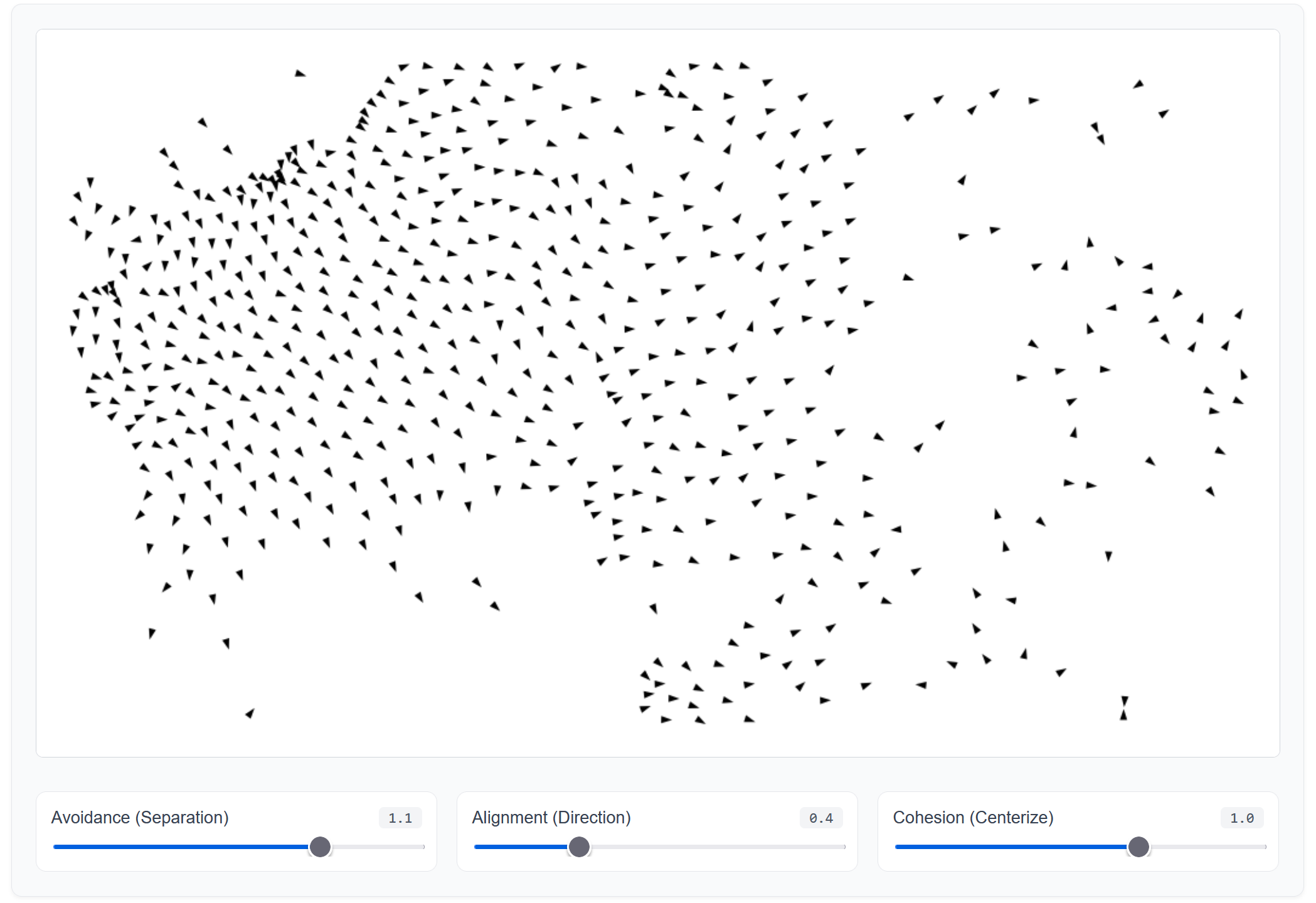
CODE AND ONLINE DEMO: https://editor.p5js.org/brucexxxbanner/sketches/Ww-CgkBOM
simple flock drawer
This basic prototype lets you draw complex shapes, based on flocking behaviour of boids. Each boid is born to the canvas by mouseclick and follows the mouse position. Each boid has a specific age
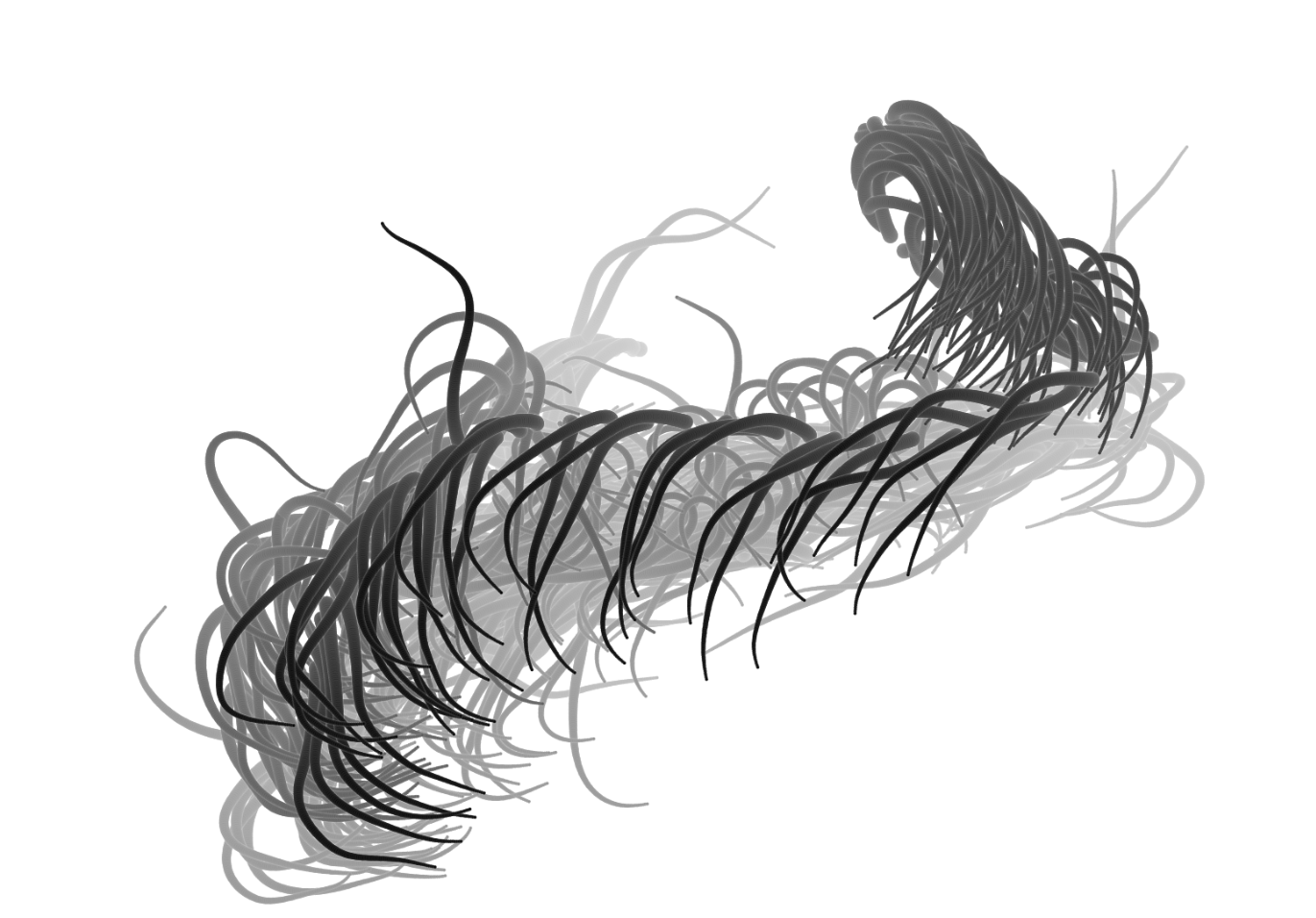
CODE AND ONLINE DEMO: https://editor.p5js.org/brucexxxbanner/sketches/Tt4BPjZLi
the flock grid
This prototype attaches boids to a fixed grid. Each boid steers in direction of mouse position with an individual steering and motion behaviour.
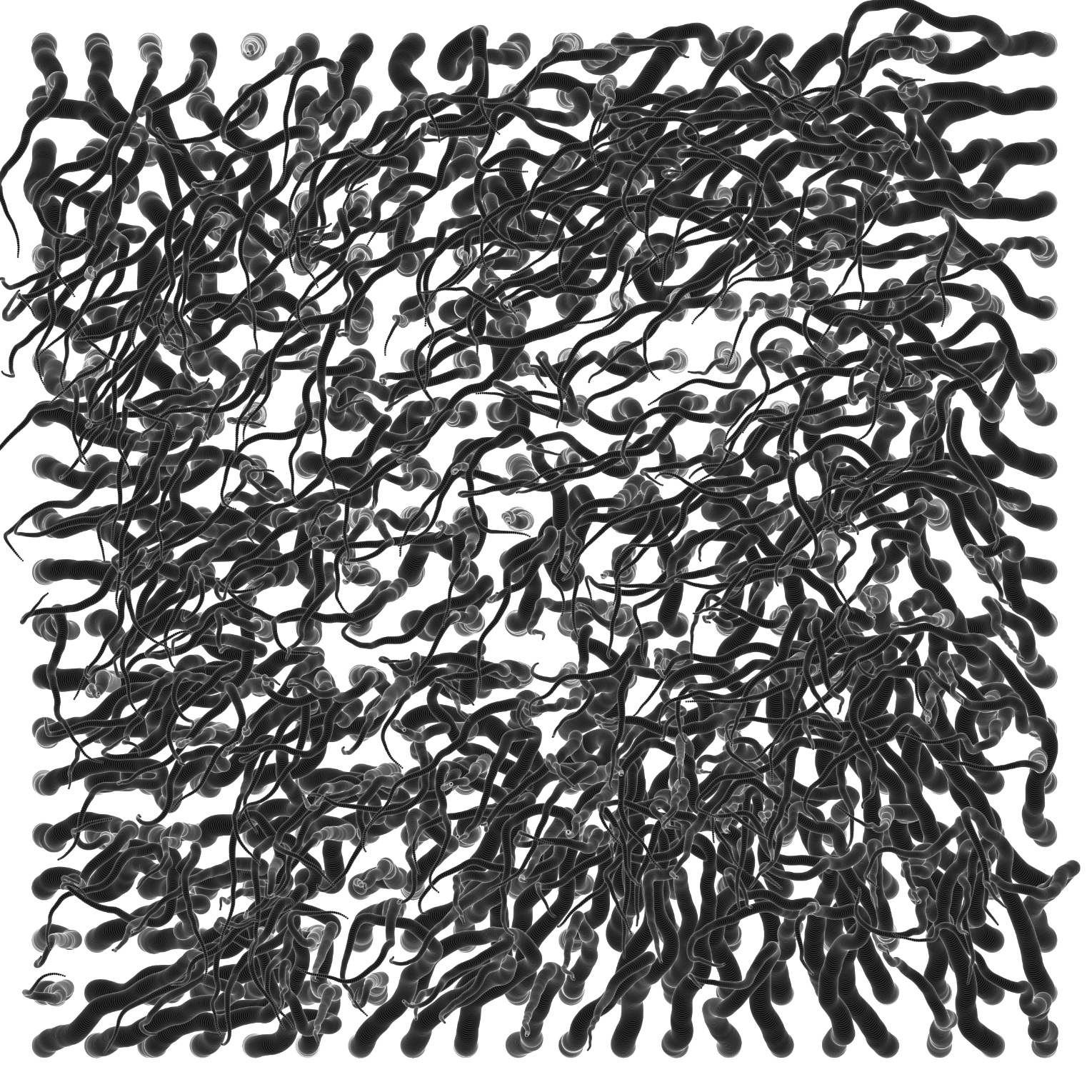
CODE AND ONLINE DEMO: https://editor.p5js.org/brucexxxbanner/sketches/Jyx8mCG4H
the voronoi flock
Instead of using perlin noise as flocking drive, we can also use voronoi calculations to steer each boid.
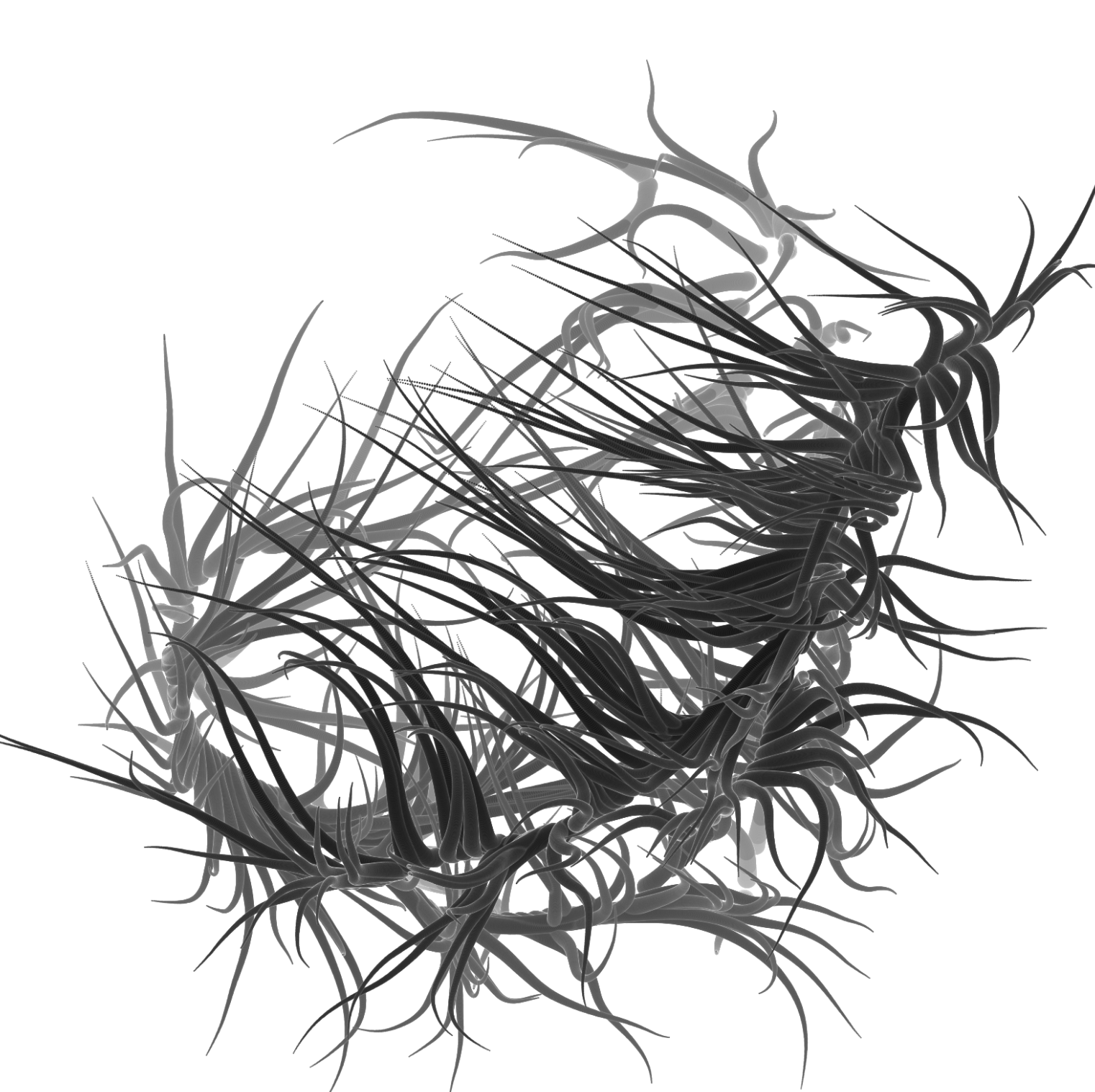
CODE AND ONLINE DEMO: https://editor.p5js.org/brucexxxbanner/sketches/f0nZEDjGe
the voronoi flock / line draw
This is a variation of „the voronoi flock“ – instead of drawing dots, this prototype comes with line drawing logic. With a certain distance neighbor boids draw transparent connecting lines while moving. This creates intrguing depth like amorph shapes.
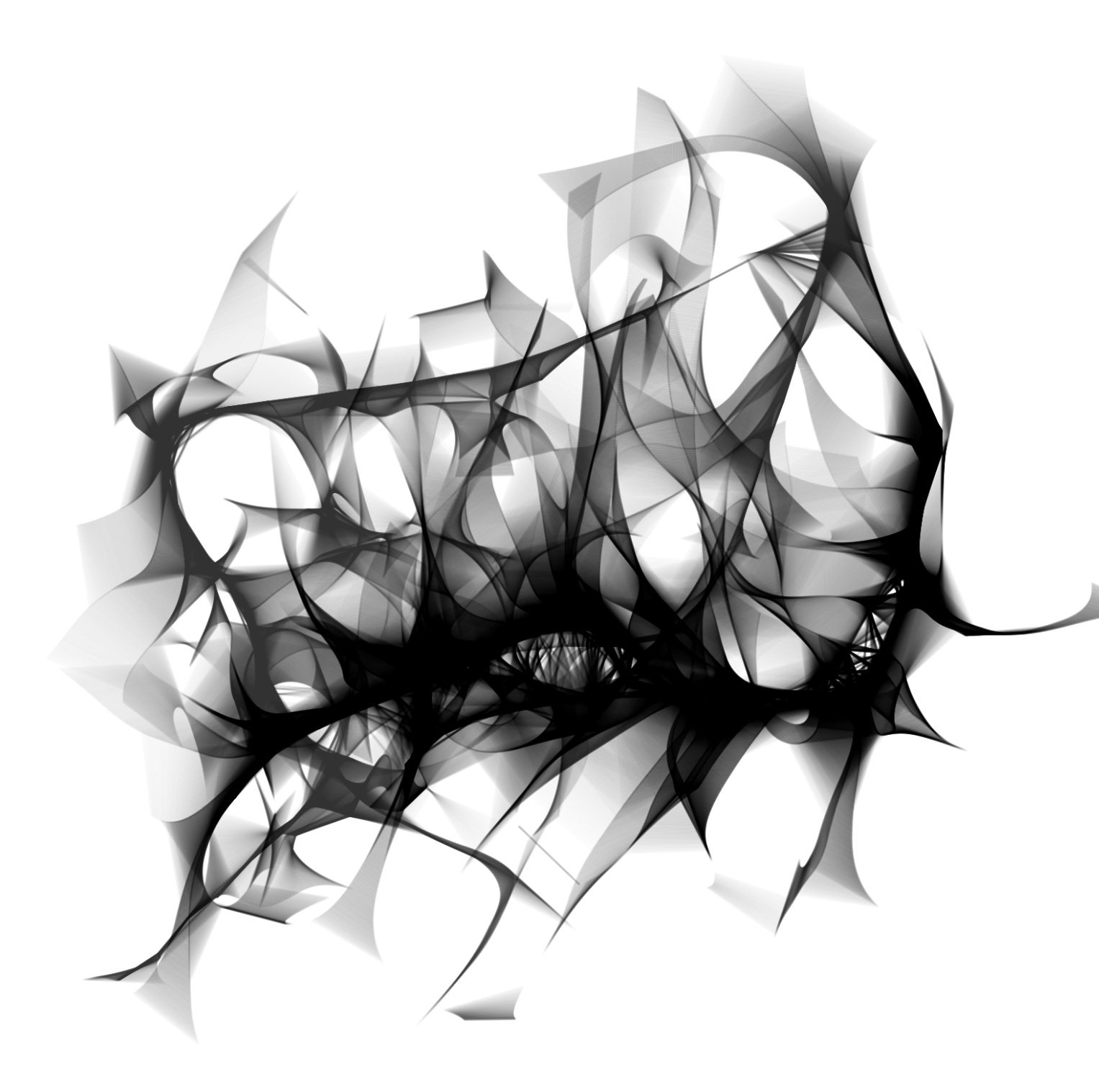
CODE AND ONLINE DEMO: https://editor.p5js.org/brucexxxbanner/sketches/LBSSkPQYT